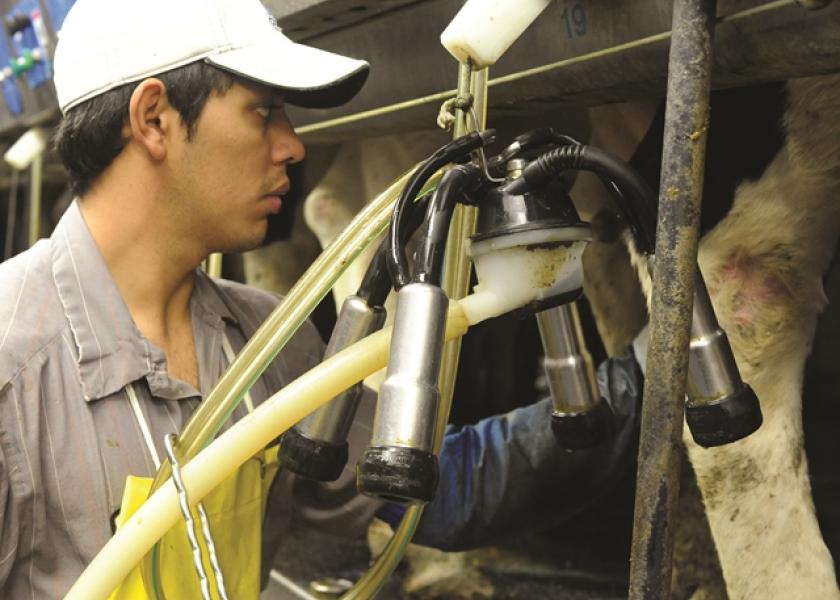How to Audit Your Form I-9s

Amid rumors of raids and Department of Homeland Security memos, farmers and immigrant workers alike have concerns about the Trump administration’s stance on immigration. While there’s nothing you can do as an employer to keep any of your workers from being swept up in an immigration raid, there are some things you can do to protect yourself. According to Kelly Forteir, an immigration lawyer with Michael Best, the most proactive thing you can do as an employer to avoid immigration fines or penalties is to audit your I-9 forms. Inspect your forms for errors and get them properly corrected now.
 Power Hour Noon Logo © |
According to U.S. Citizenship and Immigration Services (USCIS), these are the most common errors made by employees in Section 1 of the form:
- Employee doesn’t enter their name, other last names used, address or date of birth
- Employee does not enter a USCIS Number after selecting “A Lawful Permanent Resident” or after selecting “An alien authorized to work until”
- Employee doesn’t sign or date the attestation
- Employee doesn’t complete Section 1 by the first day of employment
- Employee does not check the box “I did not use a preparer or translator” (if applicable)
Translators can make mistakes the employer will be fined for, so it’s important to check that portion of Section 1 too. Here’s what USCIS says to watch for:
- The translator does not check the box “A preparer and/or translator assisted the employee in completing Section 1”
- The translator for the employee does not enter his or her name, address or signature in the translator certification box (if applicable)
- The translator does not enter the date in the translator certification box
Don’t forget to audit the section you, as the employer, are required to fill out. Here are common mistakes made in Section 2:
- Employer does not enter the employee’s last name, first name, middle initial and citizenship status in the “employee info from Section 1” area at the top of Section 2
- Employer does not enter an acceptable List A document or acceptable List B and List C documents on the form
- Employer does not enter the document title, issuing authority, numbers or expiration date for the documentation
- Employer does not enter the date employment began
- Employer does not complete Section 2 by the third business day after the date the employee began employment
Other helpful tips from UCSIS:
- Make sure information on the form is clear and can be read
- Ensure the date entered in Section 2 as the date employment began matches the date in payroll records
- Copies of the documentation retained with Form I-9 are legible, if copies are made
- Employees are treated in a non-discriminatory manner
Fixing Mistakes
If you find mistakes, it’s important to correct them properly. According to the USCIS website, there are three steps to correct information on the form I-9. First, draw a line through the incorrect information. Then, enter the correct information. Lastly, initial and date the correction. USCIS warns employers not to use correction ink to fix errors on the forms. Additionally, if the information on the form is so inaccurate it would not make sense to fix the errors using the method above, a new form I-9 can be filled out and stapled to the original.







